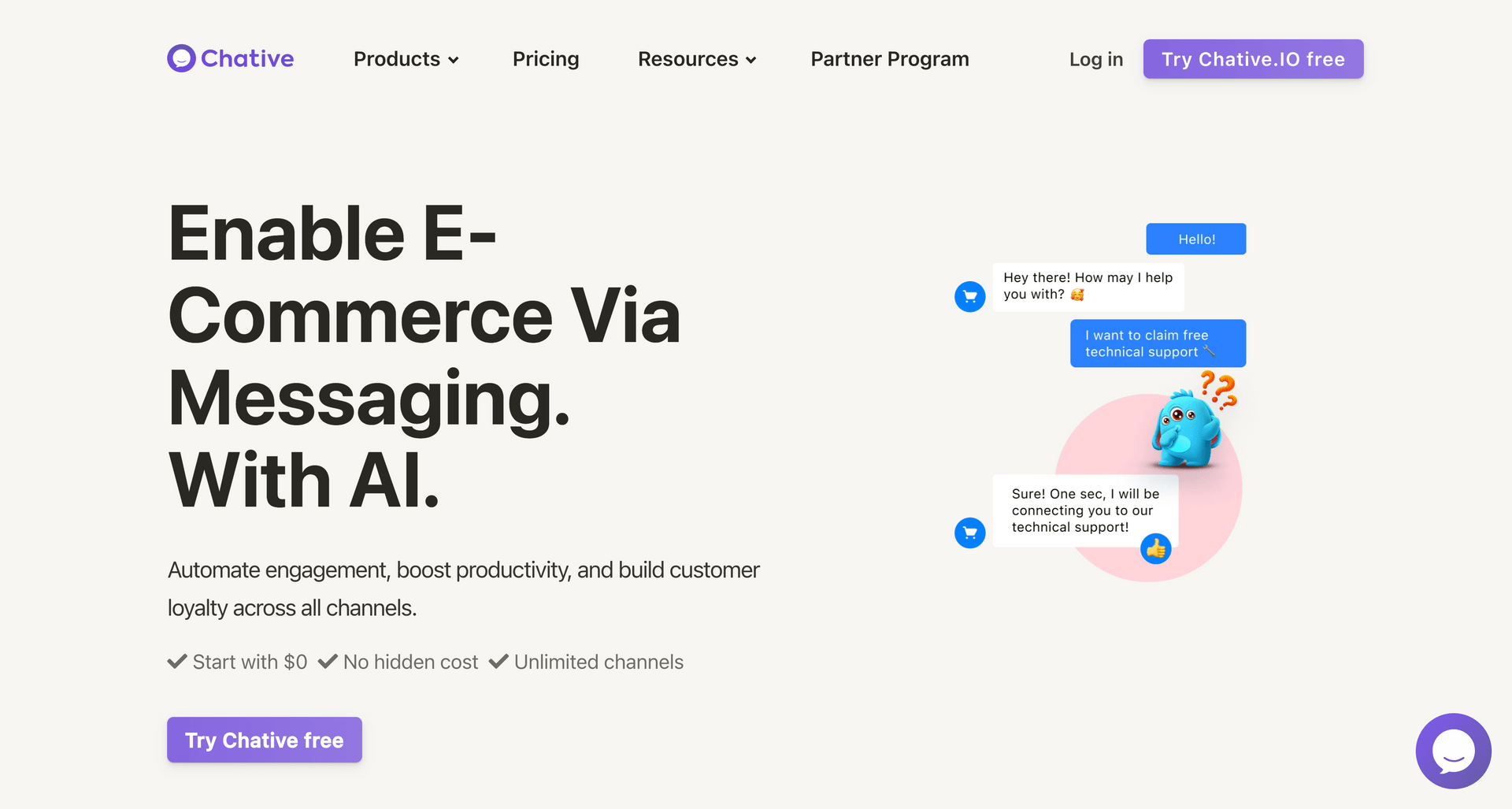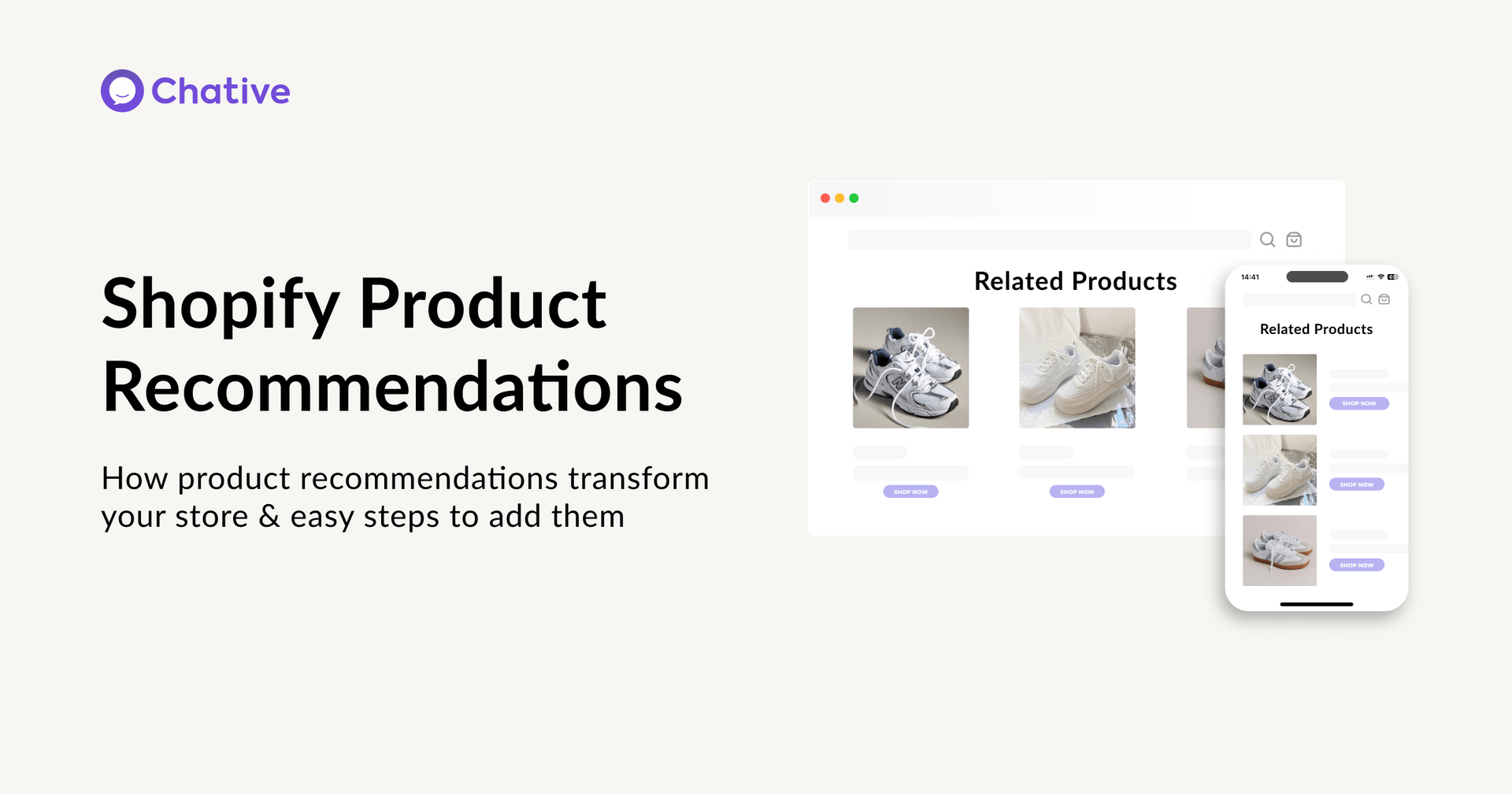- Why every E-commerce business needs a launch checklist
- Setting up your E-commerce store: The basics
- Optimize your E-commerce website for a great user experience (UX)
- Perfect your product pages
- SEO: Make your store search engine friendly
- Enhancing customer experience with apps and tools
- Set up effective email marketing campaigns
- Launch promotions and sales strategies
- Testing your website before launch
- Monitoring and analytics
- Closing thoughts
Ecommerce Launch Checklist: How to Set Your Online Store for Success
E-commerce Tools - October 25, 2024 - 5 min

QUICK LINKS
Launching an eCommerce store requires a detailed eCommerce launch checklist to ensure you cover all essential steps, from site setup to SEO for eCommerce and customer engagement strategies.
By following these key steps, your online shopping experience can effectively attract and convert online shoppers, creating a strong foundation for sustainable growth.
Let’s explore the key steps to a successful eCommerce launch.
Why every E-commerce business needs a launch checklist
Importance of a detailed checklist for E-commerce store optimization
Launching a new eCommerce store without a plan can lead to mistakes that hurt your business, such as missing opportunities in SEO or delivering a poor user experience.
A well-structured eCommerce launch checklist helps you stay organized, covering important areas like design, SEO, and customer engagement. This is crucial for new eCommerce entrepreneurs looking to avoid costly errors.
Preventing Unnecessary Mistakes
Experienced eCommerce businesses should carefully plan a relaunch to avoid costly oversights. Missing critical elements like marketing strategies or SEO integration can reduce visibility and impact sales.
Refining your eCommerce launch checklist based on past experiences is essential.
By analyzing previous successes and gaps -such as overlooking social media marketing or underestimating mobile optimization – you can proactively address these areas. This approach ensures a smoother transition, protects your brand’s reputation, and strengthens long-term profitability.
Setting up your E-commerce store: The basics
Choosing the right E-commerce platform
You must evaluate different eCommerce platforms. Look for options that offer scalability and essential features.
Popular platforms like Shopify and WooCommerce offer various tools for inventory management, payment gateways, and customizable design options to meet the specific needs of your business.
Read more: Discover the top plugins available online for Shopify, WordPress WooCommerce, WIX, Squarespace, Webflow, and Webnode.
Reliable infrastructure as the backbone
A reliable infrastructure is key to ensuring your store’s success. Secure your site with SSL certificates and select a hosting provider that guarantees uptime and fast loading speeds.
This foundation supports seamless transactions and enhances the overall online shopping experience for customers.
Optimize your E-commerce website for a great user experience (UX)
Create a customer-friendly interface
Your eCommerce site needs a clean, mobile-friendly design that offers easy navigation and a seamless checkout process.
The use of clear calls-to-action, well-structured product categories, and a search function enhances the overall online storefront experience.
Space is king! It makes your design look clean and organized. Clear calls-to-action guide users effectively. Use buttons that stand out, encouraging clicks.
Enhancing UX for higher conversions
User experience directly affects customer retention rates. Fast loading times and an intuitive design keep customers engaged, reducing bounce rates and improving conversion rates. 53% of visits are abandoned if a mobile site takes longer than 3 seconds to load.
SEO for eCommerce plays a role here too – optimizing your site for mobile search and using clear navigation paths help improve rankings on search engines.
Perfect your product pages
High-quality product images
Effective product pages start with professional images. High-quality visuals draw attention and communicate product value. To enhance the online shopping experience, include multiple angles and zoom options so customers can closely examine what they’re purchasing.
Detailed product descriptions
Descriptions should clearly outline the product’s features, benefits, and uses. Address common customer questions to build confidence. The more detailed the information, the more comfortable customers will feel in making their purchase decisions.
Include critical details like pricing and availability upfront. This transparency allows customers to make informed decisions quickly. Comparison charts for similar products and FAQs further enhance the page, providing clarity and addressing concerns before they arise..
Customer reviews for credibility
Incorporate customer reviews to establish trust. Positive feedback reassures new shoppers by highlighting the experiences of satisfied customers.
Encouraging buyers who had a smooth checkout process to leave reviews on your product pages.
SEO: Make your store search engine friendly
Strategic keyword research
Start by conducting keyword research to identify terms relevant to your products and target audience.
Use tools like Google Keyword Planner or SEMrush to find keywords with strong search potential. This helps your store align with what customers are actively searching for, increasing chances of driving organic website traffic.
Optimize product titles, descriptions, and images
Incorporate keywords naturally into product titles and descriptions to improve visibility. Descriptive, keyword-optimized text not only enhances search engine optimization but also makes product pages informative for users.
For images, add alt text to improve their searchability and drive additional traffic to your store, as search engines use this text to index visual content.
On-page SEO essentials
Develop compelling meta descriptions that engage and inform. These short summaries, visible in search results, are key to boosting click-through rates. Include relevant keywords, but focus on making them concise and appealing to potential customers.
For on-page SEO, integrate keywords seamlessly within your content without keyword stuffing, as this can negatively impact rankings. Instead, create valuable, well-structured content that answers customer questions and aligns with SEO best practices.
Create an XML sitemap
Generate an XML sitemap to help search engines index your pages efficiently.
A clear sitemap ensures all product pages are discoverable, enhancing your store’s visibility in search results and supporting overall site navigation.
Enhancing customer experience with apps and tools
Recommend essential eCommerce apps
You need to choose the right eCommerce apps to boost customer experience.
Look for customer service apps that offer live chat support. This feature allows you to assist customers in real time with personalized product recommendations, making their shopping experience smoother.
In addition, using AI and automation saves time, optimizes employee productivity, and still ensures personalized customer service.
Review management apps are also crucial. They enable you to collect and manage customer feedback effectively, which helps improve your services.
Highlight apps that streamline operations
Applications to Optimize Operations
Inventory management apps help you keep track of stock levels accurately, avoiding situations of understocking or overstocking.
Using messaging apps specifically designed for eCommerce allows you to save time by managing multiple platforms simultaneously. You can assist customers, create and manage orders, and monitor employee performance—all from a single location.
Set up effective email marketing campaigns
Key Emails: Welcome, Abandoned Cart Reminders, and Post-Purchase Follow-Ups
Start with a welcome email when customers sign up or visit your website for the first time to create a connection and introduce them to your brand.
An abandoned cart reminder email encourages customers to complete their purchase or, at the very least, keeps your brand on their radar. Lastly, sending a thank-you or exclusive offer email can be an effective way to retain customers.
Customer Segmentation
Segmenting customers by behavior or interests allows you to send more targeted content that better aligns with their needs, ultimately increasing the likelihood of email engagement and repeat purchases.
Launch promotions and sales strategies
Promotion planning made easy
You should plan promotional strategies that create urgency among your customers.
Limited-time offers can drive quick decisions. Discounts on first purchases can attract attention. Use social media platforms to spread awareness of these promotions.
Posts, stories, and ads in social media marketing can reach a wide audience quickly. Email marketing can also be effective.Send targeted emails to inform subscribers about special deals. Exclusive offers for first-time buyers incentivize them to make their initial purchase.
Launch offers at the perfect time
Aligning your promotions with seasonal trends or events is crucial. For example, holiday sales attract more shoppers. Implement countdown timers on your website to enhance urgency in promotions. This tactic encourages customers to act fast before time runs out.
Analyze what competitors are doing with their promotions. Identify gaps where you can stand out or offer something unique. Differentiation helps capture customer interest and increases website traffic.
Testing your website before launch
Importance of testing all aspects of the website
You must test every part of your website before launching. This includes checking the enjoyable checkouts, checkout process, loading speed, and mobile optimization.
A checklist can help ensure you cover all bases.
- Test payment gateways to confirm they work smoothly.
- Measure page speed to enhance user experience.
- Optimize for mobile devices to reach a larger audience.
Conducting usability tests is essential. These tests identify barriers in the customer journey.
You should also test various payment options. This accommodates diverse customer preferences and makes transactions easier.
Minimizing risks for a smooth customer experience
Testing minimizes the risk of issues after launch. Addressing bugs or glitches beforehand is crucial. These problems can frustrate customers and lead to lost sales.
A/B testing plays a significant role in refining website elements. It helps you compare different versions of pages for better performance.
Gather feedback from beta users as well. Their insights can reveal potential improvements that you might overlook.
Monitoring and analytics
The importance of monitoring and analytics
Monitoring key performance indicators (KPIs) is crucial for the success of your eCommerce store. Ongoing analysis and adjustments after launch will help enhance the online shopping experience and drive overall performance.
Many new eCommerce entrepreneurs overlook the significance of a solid eCommerce launch strategy, making effective tracking essential for sustainable growth.
Key performance indicators (KPIs) to track
After your eCommerce site goes live, focus on critical KPIs that reflect your eCommerce business performance. Important metrics include conversion rates, average order value, and customer retention rates.
Establishing benchmarks for these indicators allows you to evaluate your store’s effectiveness over time. Regularly reviewing analytics informs your strategic decisions and leads to improved sales and customer satisfaction.
Recommended tools for tracking performance
To effectively track user behavior and other vital metrics, consider using tools like Google Analytics and Clarity.
Utilizing Google Analytics
Google Analytics is essential for analyzing web traffic. It provides valuable information on visitor origins and interaction patterns within your eCommerce website. Understanding these behaviors is instrumental in refining your eCommerce marketing tactics.
Exploring Clarity for enhanced insights
Clarity offers additional insights into user interactions, allowing you to visualize how customers navigate your site. This information can identify key areas for optimization throughout the eCommerce journey.
Leveraging data for strategic adjustments
Utilizing data from these platforms, you can make informed decisions to improve your eCommerce business model. Analyzing user behavior helps you tailor your offerings to better serve your target audience, ultimately fostering eCommerce growth. This adaptability is vital for new eCommerce store owners who want to thrive in a competitive market.
Closing thoughts
Incorporating effective monitoring and analytics into your eCommerce launch is essential for long-term success. By focusing on KPIs and leveraging the right tools, you can create a more engaging online shopping experience that resonates with customers and drives sales.
Now it’s time to take action. Follow this checklist, stay focused, and keep refining your strategy. Let’s get started!
Related Posts
January 22, 2025
How To Add Product Recommendations In Shopify?
January 14, 2025
Run a High-Converting Holiday Flash Sale on Shopify in 2025
January 11, 2025
Transform Your Business with AI-Powered Cost Optimization
January 09, 2025
Create A Chatbot for Instagram for Free
January 01, 2025















